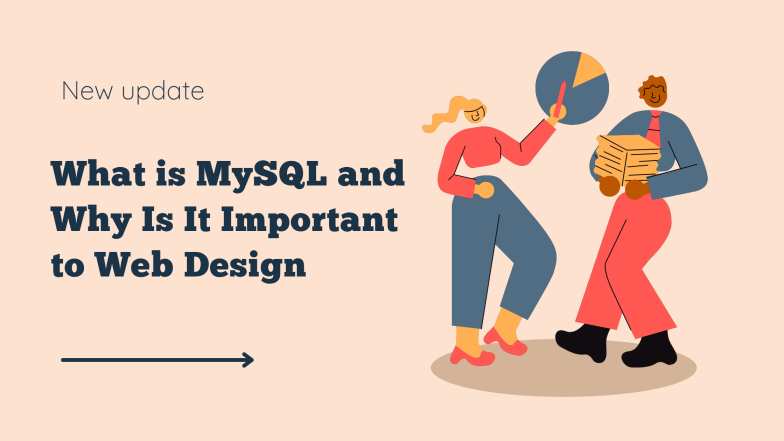What is MySQL and Why Is It Important to Web Design?

If you have spent a lot of time looking at the backend of your website, you must have heard of the MySQL database. This is by far the most popular choice by web hosting companies, and understanding it can help you make the most of it.
Today, I am here to explain what it is and how it will affect web design.
What is MySQL Database?
By definition, MySQL is an open-source SQL relational database management system from Oracle.Like a relational database, data is stored in small storage areas called tables. This makes it easy to locate the data you need, but more importantly, it helps organize the data.
For example, let’s say you store the most recently purchased items by your customer and their contact information. These are very basic things you would be expected to store. In MySQL, each of these pieces would be stored in a separate table.
Thus, you can check the table you want to get the required information. If it were not a relational database, both pieces of data would be stored in one place.
First, it becomes very difficult to find the data you are looking for.
And secondly, there will be a lot of duplicate information taking up space. This makes relational databases like MySQL very efficient overall.
You can also view multiple pieces of data using the same key. It allows you to take data related to that key from multiple tables. The key is the unique ID assigned to that piece of data.
For example, let’s say you want to view John Doe’s contact information and purchase history. You’ll take his unique ID number, and you’ll pull all the data related to him into another table.
How do I interact with the MySQL database?
Knowing that MySQL is only half the battle. The other half is actually using it.
This database uses a client-server model. This means that the user will interact with the client to access the server where the data is stored. It’s quite simple, which is a big reason why MySQL is so widely used across the industry.
In simple words, the user will send a request to the database (server). For example in WordPress, if a visitor clicks on the blog, they are actually sending a request to the server to display a specific post.
And this applies to almost everything in WordPress. Whenever you are trying to view any information, a request is made to the database.
The other main way clients interact with databases is with scripts.
What is a MySQL Script?
MySQL scripts allow the user to send commands directly to the database.
Instead of making a standard request, such as clicking on a post to view it, you’re typing a direct command instead. It can be used to accomplish a variety of things within a database.
For example, perhaps you create a script that will replace or insert new information in multiple files at once. This can save you a lot of time as opposed to doing it manually for each file.
However, this begs the question, do I need a MySQL script?
Not really, everything can be done using other methods, which may seem easier to beginners. However, experienced web developers can use scripts to save a lot of time.
The problem is that you need a basic understanding of MySQL scripts to use them. If not, you can easily send the wrong command and cause some serious damage to the database.
